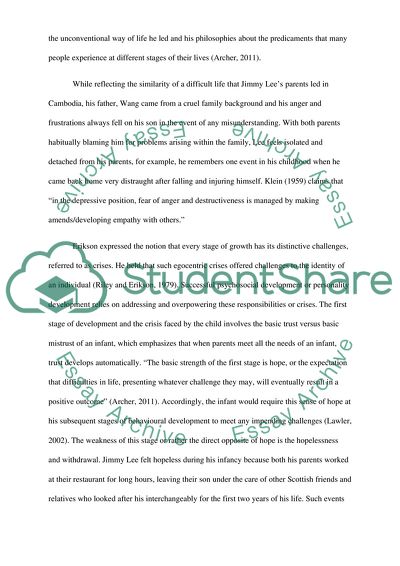Cite this document
(“Human Growth and Behaviour Research Paper Example | Topics and Well Written Essays - 3250 words”, n.d.)
Human Growth and Behaviour Research Paper Example | Topics and Well Written Essays - 3250 words. Retrieved from https://studentshare.org/health-sciences-medicine/1700196-human-growth-and-behaviour
Human Growth and Behaviour Research Paper Example | Topics and Well Written Essays - 3250 words. Retrieved from https://studentshare.org/health-sciences-medicine/1700196-human-growth-and-behaviour
(Human Growth and Behaviour Research Paper Example | Topics and Well Written Essays - 3250 Words)
Human Growth and Behaviour Research Paper Example | Topics and Well Written Essays - 3250 Words. https://studentshare.org/health-sciences-medicine/1700196-human-growth-and-behaviour.
Human Growth and Behaviour Research Paper Example | Topics and Well Written Essays - 3250 Words. https://studentshare.org/health-sciences-medicine/1700196-human-growth-and-behaviour.
“Human Growth and Behaviour Research Paper Example | Topics and Well Written Essays - 3250 Words”, n.d. https://studentshare.org/health-sciences-medicine/1700196-human-growth-and-behaviour.


